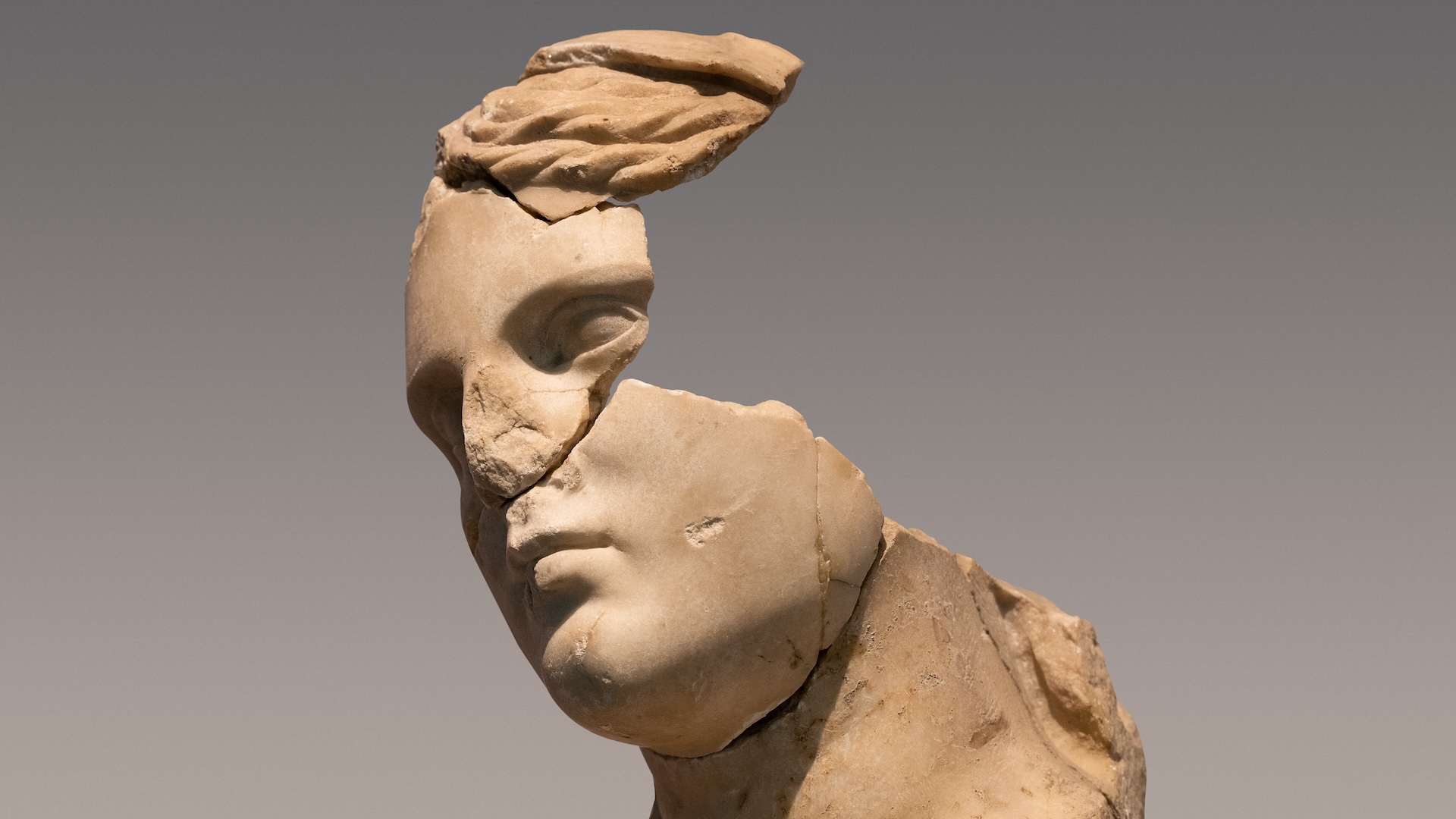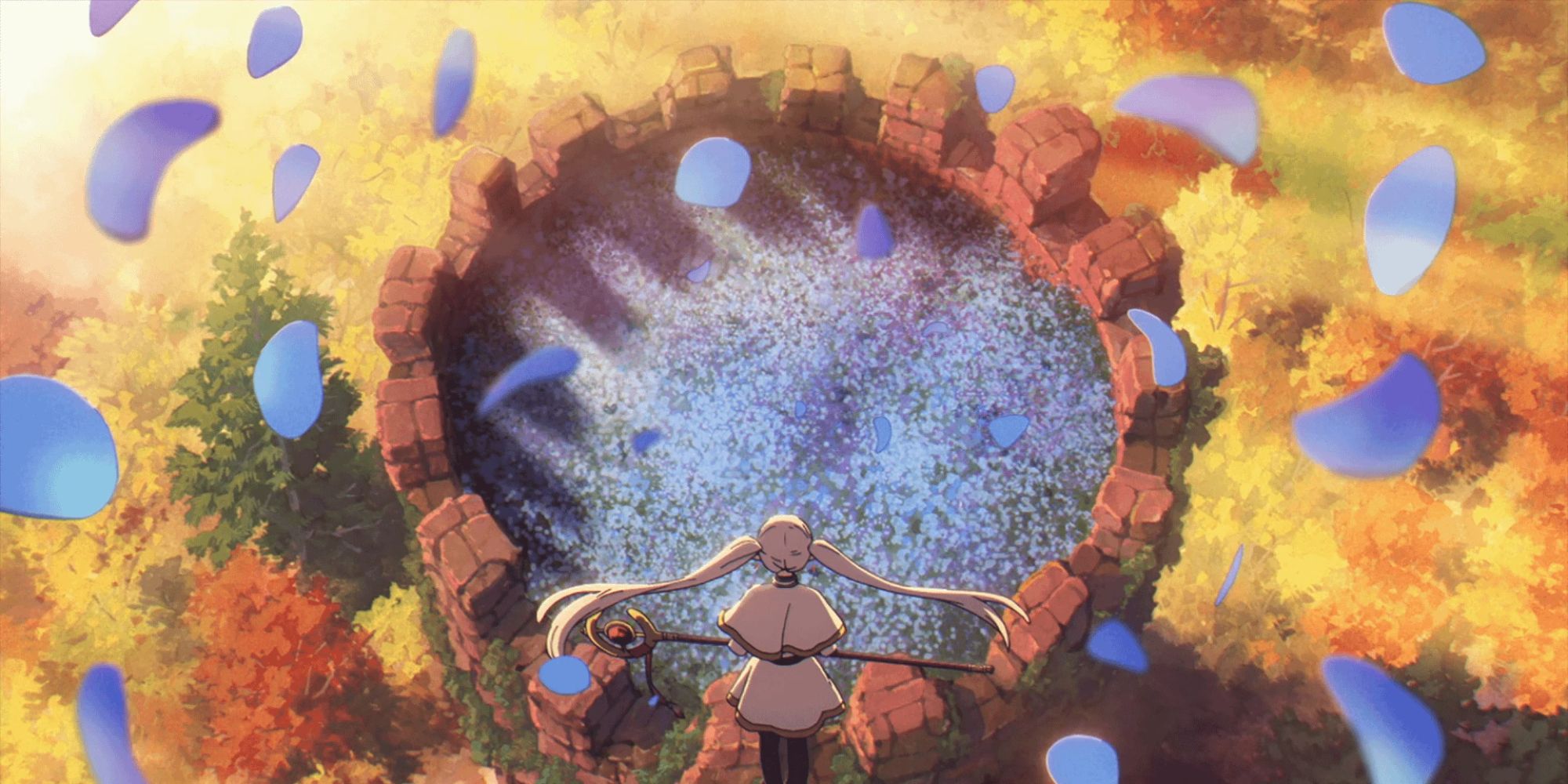
Taming Nature: How Architecture is Redefining Its Relationship with the Environment
www.archdaily.com
Save this picture!Zaishui Art Museum / junya ishigami + associates. Image Stanley FungIntegrating natural elements into architectural design has long been a fundamental pursuit in creating comfortable, sustainable environments that enhance both individual well-being and the relationship between buildings and their surrounding context. In areas with vast landscapes, incorporating natural elements is essential for seamlessly connecting architecture with its site. Conversely, in dense urban environments dominated by built structures, introducing greenery becomes also increasingly vital, reintroducing nature into the so-called "concrete jungle."However, beyond conventional landscape featuressuch as water fountains, green walls, gardens, or courtyardsarchitects are redefining what it means to build with nature. The focus has shifted toward deeply integrating architecture with its natural surroundings, creating immersive spatial experiences that blur the boundaries between the built and the organic - in a way, "taming" nature. When successfully executed, these designs go beyond fostering well-being or promoting a healthy lifestyle; they evoke a profound sense of tranquility, power, and harmony, transforming the way we perceive and inhabit space.Save this picture!Following the post-war period, technological advancements and construction materials enabled architects to build taller, stronger, and more resilient structures. This era was marked by a drive to push the limits of height, structural efficiency, and engineering innovation. In today's context, where the pursuit of extreme verticality has arguably peaked, architects are shifting their focus. Leveraging contemporary technology, they are exploring new ways to design spaces that foster a renewed appreciation for naturechallenging conventional boundaries and redefining the built environment's relationship with the natural world. Related Article Courtyards, Gardens, and Terraces for Seniors: Residences that Integrate Community Life into the Natural Environment Walking with Water: A Radical Approach to Submerged ArchitectureWater is often considered one of architecture's greatest challengeswhether in preventing leaks, designing for flood-prone areas, or resisting water pressure in habitable spaces. As unpredictable as water is, architects and designers have continuously sought ways to control and integrate it into architectural experiences. One of the earliest and most iconic examples of this effort is Frank Lloyd Wright's Fallingwater (1930s), which masterfully merges built form with a cascading stream, creating the illusion of harmony between nature and structure.Building upon this fascination with taming water, Junya Ishigami's Zaishui Art Museum takes the concept to an unprecedented scale, dissolving architecture into water rather than simply integrating it. Unlike conventional waterproofing strategies that treat submerged buildings like sealed "bathtubs," separating water from inhabitable spaces, Ishigami's design allows water to flow directly through the building. Spanning an astonishing 1 km in length, the structure is not merely built near or above water but is fully immersed within it, allowing water to come in from both sides of the building, redefining the relationship between architecture and its natural surroundings.Save this picture!The result is a mesmerizing spatial experiencewalking through the museum feels like walking alongside water itself. Visitors not only see and hear the movement of water from the newly created lake but also physically engage with its presence. Inside the museum, water moves gently, controlled by subtle architectural interventions. Carefully designed ground slopes maintain a delicate balance between wet and dry spaces without any visible or physical separations, allowing humans to coexist with water rather than being completely shielded from it. The glass enclosures, rather than extending fully to the foundation, deliberately leave gaps at the base, enabling water to flow in and out while mechanisms absorb lateral forces from both water currents and wind. This synchronization between interior and exterior water levels creates a "filtered" effectwhere water within the museum mirrors the movement of the surrounding lake but with softened motion, reinforcing the illusion of architectural control over nature.Save this picture!Achieving such a seemingly effortless interaction with water required a complex and highly engineered foundation. A waterproof basement, hidden beneath the submerged structure, houses essential HVAC, MEP, and drainage systems, keeping technical elements out of sight. Additionally, a sophisticated water management system regulates fluctuations caused by rainfall or changing lake levels, ensuring the dry areas remain habitable. Despite its poetic and tranquil appearance, Ishigami's design is underpinned by a network of concealed mechanisms that carefully choreograph water's movement within the space.Save this picture!Beyond its sheer scale, the Zaishui Art Museum evokes a profound sense of poweroffering visitors the rare experience of walking within an interior space where water is seemingly controlled, yet never fully contained. The result is a structure that does not merely resist nature but engages in an ongoing dialogue with it, creating an atmosphere of balance, tranquility, and quiet authority over the uncontrollable forces of the natural world.Save this picture!Textural Encounters: Bringing Nature's Details into Close ProximityAnne Holtrop's 35 Green Corner Building redefines the symbiotic relationship between architecture and nature by bringing textural experiences into intimate proximity. Rather than engaging in a grand dialogue of control over vast landscapessuch as submerging visitors in waterthe project reimagines natural elements like sand and stone, casting them in alternative materials and freezing them in time. This transformation invites visitors into a tactile and personal interaction with nature's language, creating a controlled yet evocative experience.Save this picture!The notion of control in this project differs significantly from conventional approaches. Instead of physically manipulating natural forces, it focuses on material representationcrafting an illusion within a controlled framework. In natural settings, visitors can experience rock surfaces and sandy textures up close, even in interior environments. Take, for instance, Kuala Lumpur's Batu Caves Temple, where the immense rock formations shape the spatial experience. While these natural elements contribute to the temple's atmosphere and monumental scale, they remain passiveone observes them but rarely engages with them directly.In contrast, 35 Green Corner Building brings the textures of sand and stone into immediate physical engagement. The sand-casted panels, positioned within arm's reach, invite visitors to touch and interact with their surfaces. The compact scale of the buildingmeasuring no more than 20 feet in widthfurther amplifies this intimacy, ensuring that inhabitants move in close relation to these crafted textures. The panels themselves blur the line between structure and functionsome remain fixed as part of the faade, expressing structural strength, while others serve as operable elements, like doors and thresholds. This deliberate camouflage fosters a tactile connection, as users discover entrances through touch rather than sight.Save this picture!More intriguingly, Holtrop's project achieves this effect not by using authentic natural materials but by replicating them through an entirely different medium. Through careful material manipulation and fabrication, the building tames the presence of sand and stonetransforming them into architectural elements that capture the essence of nature without relying on its raw forms. In doing so, the project offers a refined, controlled reinterpretation of natural textures, demonstrating how architecture can evoke an atmosphere of material authenticity through abstraction and craft.Save this picture!A Dialogue with Terrain: Architecture That Frames Nature's EvolutionWhat if architecture does not merely submerge into nature or re-represent it, but instead becomes a representation of nature itself? This was the fundamental ambition behind Ryue Nishizawa's Teshima Art Museum, completed in 2010. Rather than simply immersing the structure in the picturesque landscape of the Setouchi region and Teshima Island, Nishizawa sought to reveal the beauty of the landformsnot by viewing them from above, but by inhabiting them from below. The project's objective was not to replicate the textures or materials of nature but to embody its form and geometry.Save this picture!By seamlessly integrating with the landscape, Teshima Art Museum offers visitors a spatial experience unlike any other. Enclosed within its fluid white concrete shell, visitors find themselves appreciating the contours of the island in an entirely new way. The natural ground becomes the museum's roofdefining the boundary between inside and outside, framing the sky and surrounding landscape, and ultimately merging back into the terrain. In this moment, the visitor is embraced by an abstraction of natureits form and its presence rather than its materiality.The project was not only inspired by the landit was physically shaped by it. Collaborating with structural engineers, the museum's ultra-thin concrete shell was cast directly from the island's natural contours, creating a seamless continuity between architecture and site. Once the form was set, it took six weeks to carefully excavate the interior, a process that highlights the technical precision behind its seemingly effortless design. The result is a structure that captures and preserves the island's topography in a frozen moment, yet remains deeply connected to its evolving landscape. More than a dialogue between built form and nature, the construction process itself became an interaction with the landfirst taking its shape, then reshaping it through excavation, and finally returning the displaced earth to the island, completing a cycle of transformation. Yet, despite its static form, the museum invites contemplation of change. The land around it continues to shiftvegetation grows, erosion alters the contours of the moundswhile the museum remains unyielding. This juxtaposition transforms the project into more than just a building; it becomes a meditation on time, nature, and the way we perceive the ground beneath us. By translating the earth's topography into an architectural experience, the Teshima Art Museum elevates something often taken for grantedour very terraininto a subject of appreciation and reflection.Save this picture!This article is part of the ArchDaily Topics: Atmosphere in Architecture and Perception of Space, proudly presented by Vitrocsa, the original minimalist windows since 1992.Vitrocsa created the original minimalist window systems, offering frameless solutions with the narrowest sightline barriers in the world. For over 30 years, we have pursued innovation and Swiss-made excellence to transform ambitious architectural visions into reality, enhancing atmospheres through light, transparency, and designEvery month we explore a topic in-depth through articles, interviews, news, and architecture projects. We invite you to learn more about our ArchDaily Topics. And, as always, at ArchDaily we welcome the contributions of our readers; if you want to submit an article or project, contact us.
0 Commentarios
·0 Acciones
·64 Views










